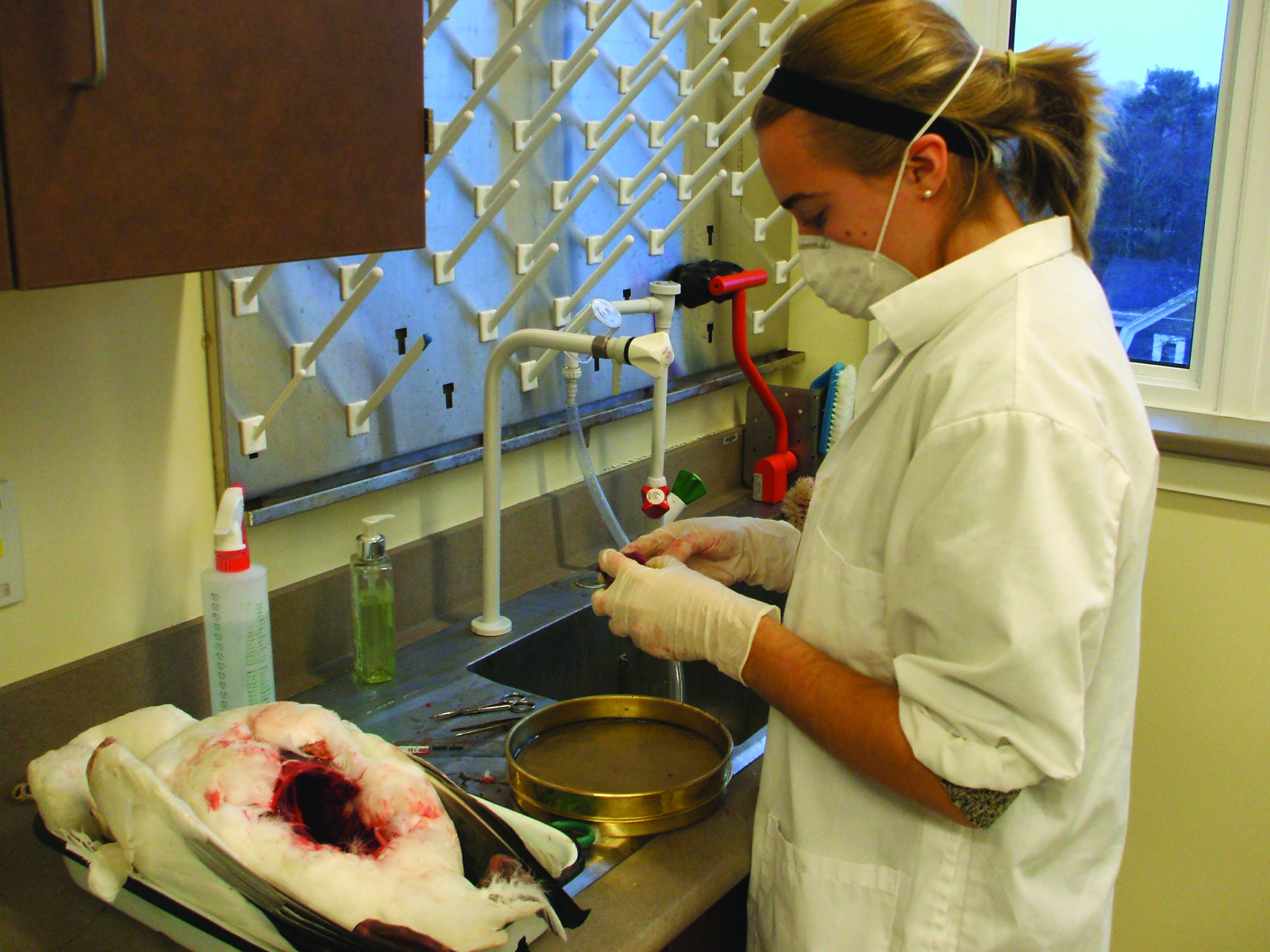As my 4th year at Acadia comes to a close, the one thing that stands between my degree and myself is my honours thesis. I have been lucky and still enjoy my topic as much as I did when I started last spring, and despite grumbling and groaning over different aspects of the process, it has been very rewarding and generally enjoyable. I chose to focus my research on female genitalia and the stigmatization and mystification of the female body through language and education. My research is situated in relation to the historical patriarchal dominance of the field of medicine, and the construction of genital taboos in the Victorian era. Further, the changes that occurred in the Sexual Revolution in the 1970s were examined (particularly the women’s self-help movement) as a period of enlightenment and a historical marker to compare current understandings of female genitalia. In the fall of 2015, I implemented a survey and received over 300 responses from Acadia students regarding their early childhood education about female genitalia, the terms they were taught, their comfort discussing female genitalia, and use of slang or anatomical language when discussing female genitalia.
The phenomenon that academics call the “conflation of the vagina and vulva,” in which the term vagina comes to stand for all of the female genital organs, was reflected in my results, particularly when participants were asked to label a diagram of external female genitalia. Only 30% of respondents correctly identified the vulva, and a higher proportion of male respondents got it correct compared to females. The most common incorrect response was vagina, supporting previous research. The conflation of vagina and vulva was evident within the first terms that participants were taught for female genitalia. Over 60% of respondents were taught that the female genitalia were solely the vagina, and only three respondents were initially taught that there were various female genital organs (vulva, vagina, labia, etc.). Some of the factors that impacted respondents’ ability to correctly label female genital organs were place of residence, comfort and major of study. There was a statistically significant relationship between place of residence and correct identification of the vulva; Atlantic Canadian residents were 60% less likely to label vulva correctly, and those from rural areas of Canada were 49% less likely to label it correctly. Those who were more comfortable talking about female genitalia were more likely to label the vulva correctly. Though there was not a statistically significant relationship between major and ability to label vulva correctly, it was found that Biology and Psychology students were more likely to be able to identify the vulva and Sociology majors had more difficulty. In terms of comfort, it was found that respondents were more comfortable talking about female genitalia with people who identified as the same gender as they did, and that university had made people comfortable talking about female genitalia overall.
The importance of talking about the vulva and female genitalia may not be obvious at first, but I argue that without a concise and clear language to describe the female body, there is a lack of communication, and understanding of the female body. This can lead to challenges communicating with doctors, partners, and even having a full awareness of one’s own body. I critique the current education system and sexual education curriculums, highlighting that clear education early in childhood is of the utmost importance. Claims that genital terminology is too complex for young children is absurd when they can name 40 kinds of dinosaurs.
Thanks are due to the Sociology department and Dr. Zelda Abramson for supporting this research and getting me through this process.





